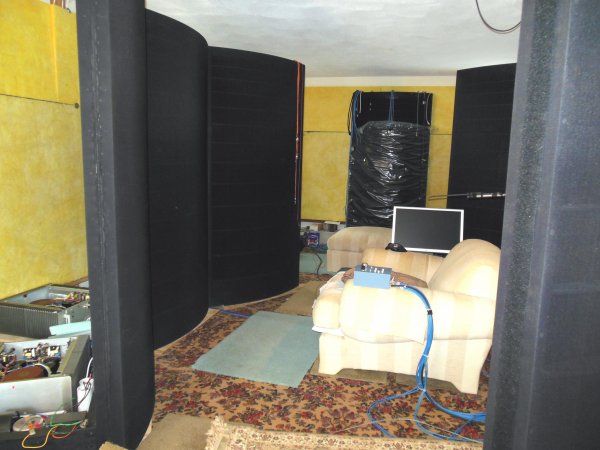So what type of new music today isn't extensively edited? Classical and rock sure are. Folk? So the question is still how many "DSD" recordings are true DSD and not converted back and forth for editing?
It would seem to me that the only real DSD recordings are--and coming back to Peter's post--were originally analog.
Yes, those that were either balanced and mixed in analog, prior to conversion to DSD, and/or those post processed on a Sonoma meet that criteria.
Myles, you first need to define your term Editing. If you mean all post processing and sweetening, then you're correct, except for Sonoma DAW produced. If you mean splices, then any recording not be-balanced in the digital domain is a pure native DSD recording, save the bunch of 50 millisecond splices that were processed in PCM
Most DSD recorded classical are not sweetened, but are certainly spliced (edited). All rock is both highly post processed, and edited.










